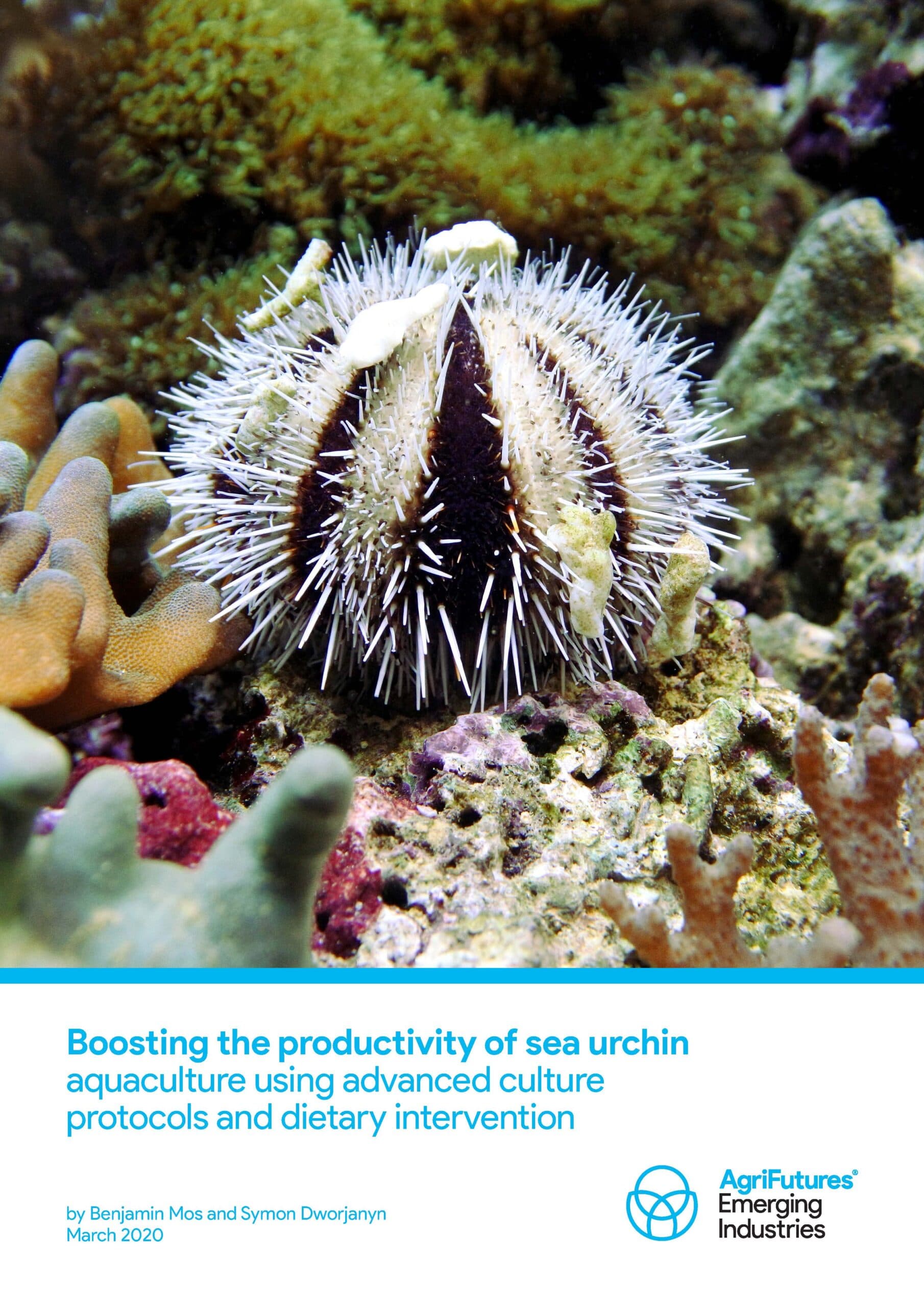Ten reasons for growing and drinking Australian Coffee
Could you be our next Australian coffee investor or producer? The cooler climate of Australia’s subtropical latitudes provides a longer ripening season which brings out...

96 pages
Published: 2 Dec 2021
Author(s): Benjamin Mos, Symon Dworjanyn
ISBN: 978-1-76053-223-9
Download report PDF
DownloadPurchase a hard copy - AUD $60
The decline in wild harvest fisheries of many species is presenting opportunities for aquaculture in Australia. One of the better opportunities is the aquaculture of sea urchins, which has seen a steady decline in wild supply combined with a year-on-year increase in demand.
Australia is the home of the sea urchin Tripneustes gratilla, which is a rapid-growing tropical species that already has an acceptance in the Japanese market. This report documents research that was conducted to improve the efficiency of production of sea urchin spat and grow-out.
One of the bottlenecks to commercial production of sea urchins has been a supply of cheap spat. This report outlines progress in methodologies to achieve the regular supply of spat. Specifically, data is presented on the optimal larval densities, feeding rates, species of microalgae feeds and water quality parameters which when adapted for individual hatchery environments should boost spat production and reduce costs.
Grow-out of this species from spat to harvest is remarkably quick, taking between 6-9 months. This report highlights that to improve growth rates during grow-out in a production setting care should be taken to strictly regulate water quality parameters. Specifically, the carbonate parameters (alkalinity, pH, pCO2 etc.) should be kept within specified values. Moreover, the report highlights that when designing artificial diets, increasing energy components of diets, which is often overlooked for sea urchin diets, created good improvements in both somatic and gonad growth.